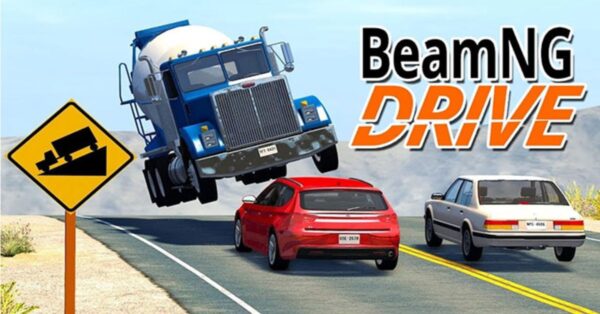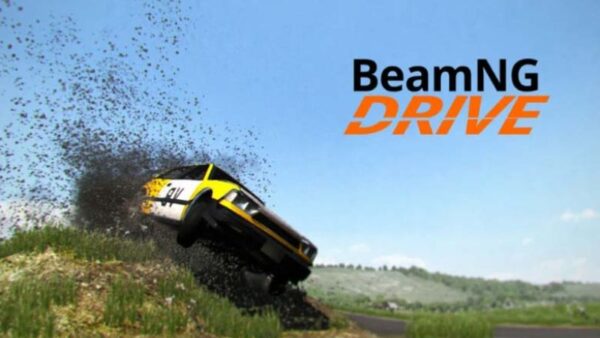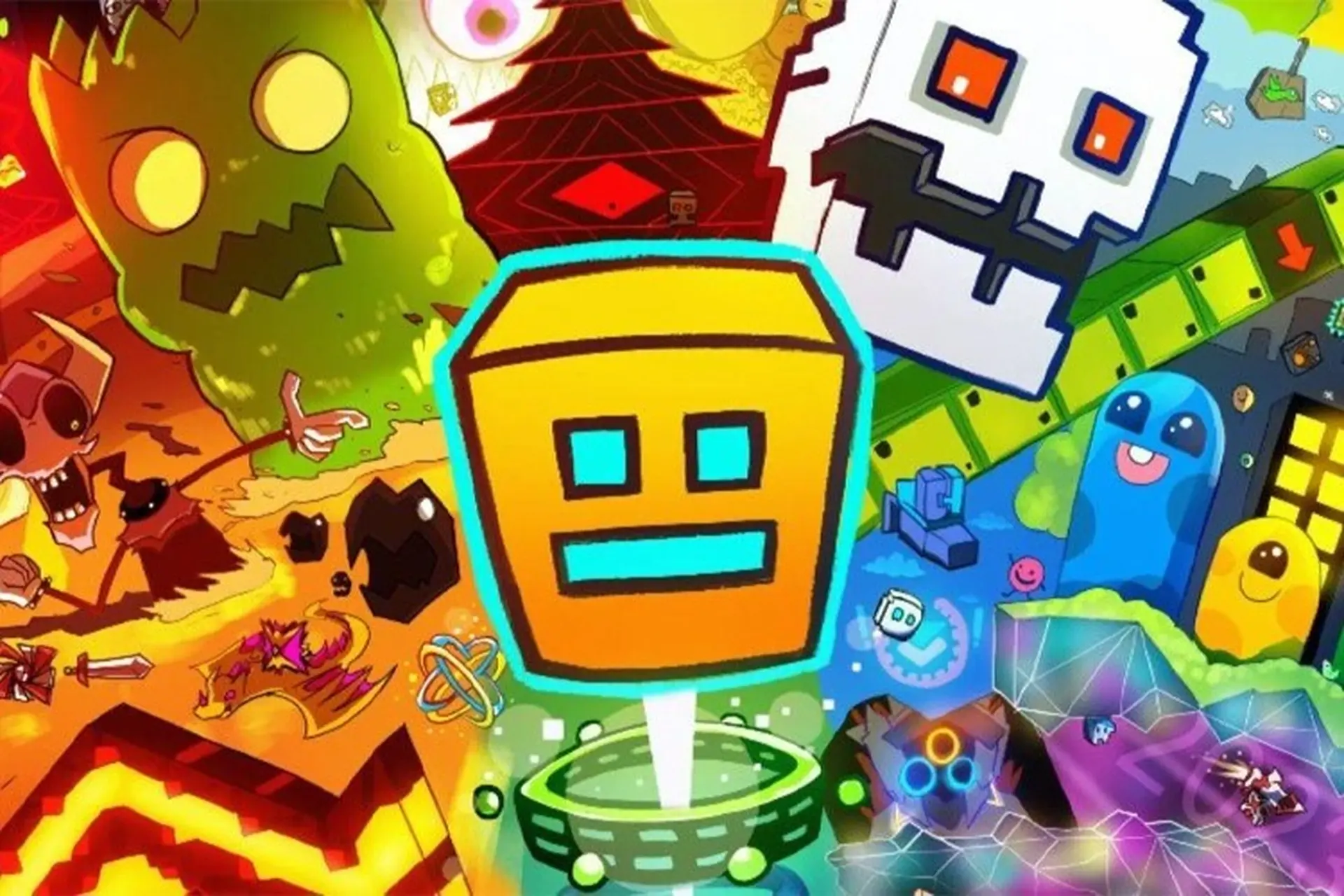Popular Now
Introduction
BeamNG.drive is known for its unparalleled realism in vehicle physics, offering a dynamic driving environment where every crash, turn, and suspension flex matters. But the game is more than just a crash simulator—it’s a complete vehicle physics sandbox with immense depth.
If you’ve already gotten the hang of basic driving and scenarios, it’s time to elevate your skills. This guide explores advanced techniques, hidden features, and creative ways to play the game. Whether you’re building cinematic scenes, simulating real-world traffic systems, or using Lua scripting, BeamNG has something for you.
1. Understand Game Physics on a Deeper Level
BeamNG’s soft-body physics system is based on real-world engineering concepts. Every vehicle is composed of beams and nodes that simulate forces like compression, tension, friction, and momentum.
To drive better—or crash more spectacularly—you need to understand how these forces interact. Cars with higher center of gravity tip over faster, heavier vehicles generate more kinetic force, and tires have specific grip values for different surfaces.
Core Concepts to Study
-
Momentum and weight transfer when braking/accelerating
-
Suspension travel and rebound under stress
-
Material stiffness and frame rigidity in collisions
Learning these physics principles makes you a smarter driver and builder.

2. Use Lua Console for Real-Time Customization
BeamNG.drive has a built-in Lua console that allows you to manipulate almost every aspect of the game in real time. You can use it to spawn props, teleport vehicles, alter gravity, or automate certain actions.
While it's not required to be a coder, learning basic Lua commands opens up endless possibilities—especially when creating scripted challenges, AI systems, or damage simulators.
Fun Lua Tricks
-
Set gravity to the Moon or Mars equivalent
-
Enable or disable traction control programmatically
-
Trigger explosions, collapses, or weather events with code
This elevates BeamNG from a simulation game into an experimental physics sandbox.
3. Build Realistic Road Systems with Pathing and Intersections
If you love city driving or highway cruising, try building your own traffic system. BeamNG’s AI pathing tools let you create full-scale road networks with proper lanes, intersections, and traffic lights.
Use the World Editor to lay down roads, add signage, and assign AI paths using spline tools. With some effort, you can simulate a miniature working city.
Components of a Traffic System
-
Waypoints and paths for AI cars
-
Intersection logic with traffic signals
-
Spawn points for pedestrian simulation (with mods)
You’ll need patience, but the result is a living world with immersive AI movement.
4. Master the Art of Cinematic Driving and Video Recording
BeamNG.drive is a content creator’s paradise. With its real-time camera controls, slow motion features, and realistic visuals, you can make professional-grade car videos or short films.
Use replay mode to record your session, then switch camera angles, adjust lighting, and export cinematic footage. Combine with mods like camera dolly systems or real-time lens effects to add production value.
Tools for Cinematic Work
-
Free Camera with mouse smoothing
-
Depth of Field adjustments
-
BeamNG Replay System
-
External software like OBS, ShadowPlay, or Adobe Premiere
Add music and narration to create YouTube-worthy content from your gameplay.
![]()
5. Simulate Mechanical Failures for Realism
Want to simulate real-world challenges like brake fade, overheating, or tire blowouts? BeamNG.drive allows for scripted and random failures through the debug menu or with configuration tuning.
Try driving long downhill roads and disabling brake cooling. Or simulate old cars by setting low engine oil, worn tires, and reduced radiator capacity. This adds realism and difficulty.
Examples of Mechanical Failures
-
Brake fade on mountain descents
-
Engine overheat during towing
-
Tire blowouts at high speeds
-
Radiator damage causing loss of coolant
You can even assign random failure rates for unpredictability.
6. Create Advanced Off-Road Courses and Rock Crawling Maps
One of BeamNG’s most underappreciated features is its support for complex off-roading and rock crawling. With real-time traction simulation, tire pressure dynamics, and flexible suspension, it offers one of the best 4x4 experiences in any driving game.
Use the World Editor to sculpt steep hills, deep mud pits, rock gardens, and river crossings. Tune your vehicle with diff locks, soft suspension, and winches.
Off-Road Essentials
-
Low-range gearing and torque tuning
-
Airing down tires for grip
-
Differential locking and traction control tweaks
Challenge yourself with narrow cliff paths, steep switchbacks, or night runs with limited visibility.
7. Design Your Own Damage Scenarios and Crash Chains
Crash testing is one of the most entertaining parts of BeamNG, but why stop at single collisions? You can design full crash sequences—like chain reactions, truck pileups, or runaway trailers.
Use trigger zones in the scenario editor to launch vehicles at specific times or locations. Add oil slicks, falling objects, or destructible barriers to chain the chaos.
Creative Crash Scene Ideas
-
Freeway pileup with 10+ AI cars
-
Exploding tanker truck in a tunnel
-
Final Destination-style log trailer crash
Pair with cinematic tools to record high-quality crash montages.

8. Utilize Real Data for Realistic Vehicle Tuning
Take your simulation to the next level by importing real-world vehicle data. BeamNG mods and community forums often contain car specs like horsepower, torque curves, drag coefficients, and curb weights.
Use these values to tune your cars with near-realistic performance. This is especially useful if you’re replicating real cars or building a test environment for vehicle behavior studies.
Where to Find Real Data
-
Manufacturer spec sheets
-
Car enthusiast forums
-
BeamNG vehicle editor spreadsheets
You’ll better understand how tuning affects performance and learn to match setups for authentic driving behavior.
9. Combine BeamNG with Automation for Custom Vehicle Creation
Automation is a companion game that allows you to design cars from scratch—body shape, engine design, chassis type—and export them into BeamNG.drive.
This unlocks full creative control. You can design futuristic EVs, retro muscle cars, or bizarre concepts, then test their viability in BeamNG.
Automation to BeamNG Workflow
-
Design engine, suspension, and aerodynamics
-
Export and tune within BeamNG
-
Crash test or race your custom vehicle
It’s the perfect tool for car designers, engineers, or aspiring gearheads.
10. Use Multiplayer Mods for Shared Experiences
While BeamNG is technically single-player, community-developed mods like “BeamMP” allow for real-time multiplayer. You can join servers with traffic, races, events, or free roam sessions.
Coordinate with friends to roleplay, race, drift, or crash together. BeamMP supports chat, vehicle sync, and even mod-sharing for seamless play.
Multiplayer Server Ideas
-
Car meets with modded vehicles
-
Drift competitions on custom tracks
-
Convoy drives across large open maps
-
Cooperative crash testing with scenarios
Multiplayer brings a new dimension to BeamNG—adding human unpredictability to its perfect physics.
Conclusion
BeamNG.drive is a game that rewards depth, experimentation, and creativity. While it's known for its realistic crashes, the possibilities extend far beyond wreckage. With the right tools, mods, and mindset, you can turn BeamNG into a city builder, physics lab, cinematic studio, or vehicle design platform.
This guide has taken you from advanced physics to Lua scripting, cinematic camera use, off-roading, crash scene building, and multiplayer options. Use it as your blueprint to explore everything BeamNG has to offer—and make your gameplay not just realistic, but extraordinary.

















